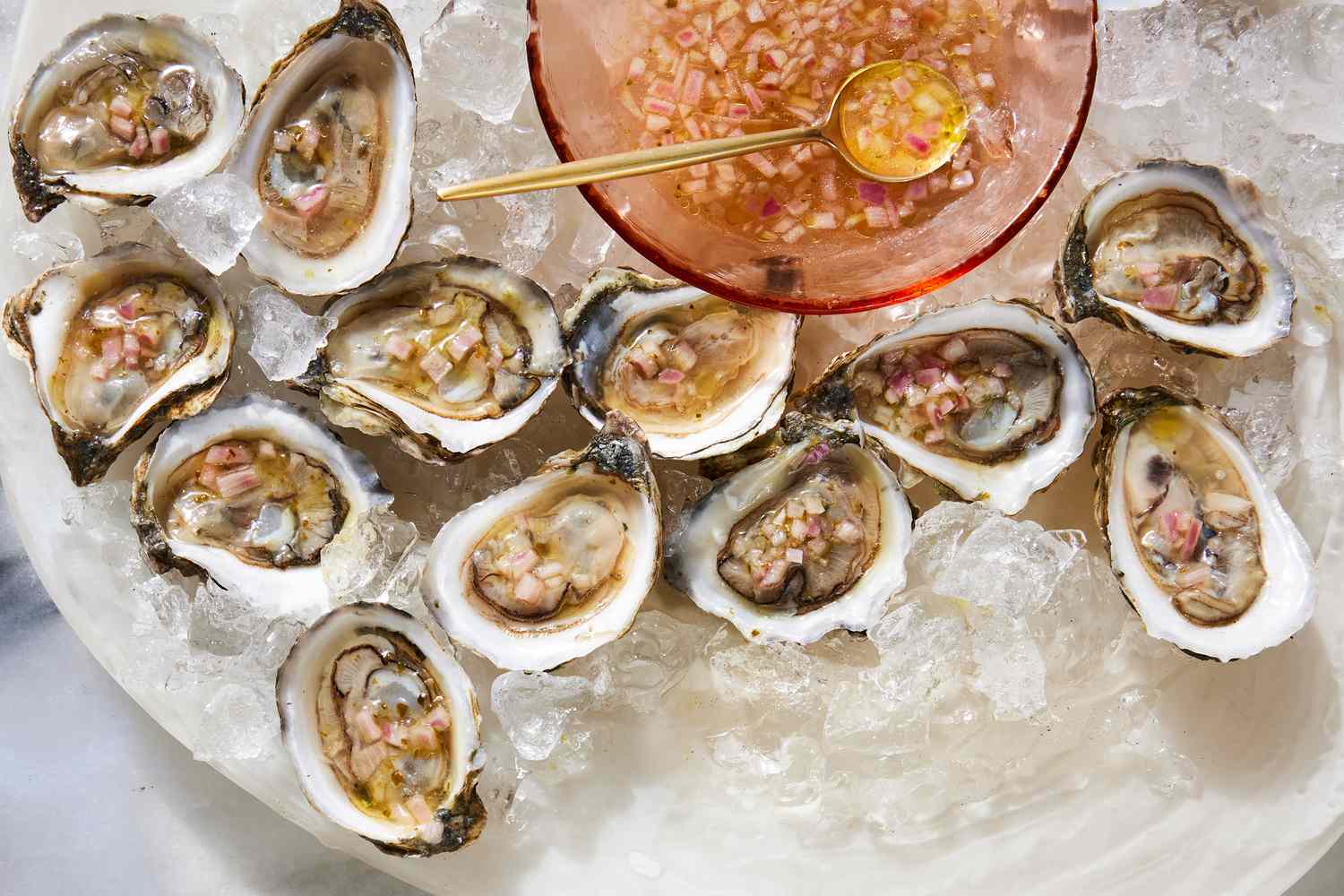
30 interesting facts about Oysters
- 👁️ 296
Oysters, the bivalve mollusks nestled in rough, calcareous shells, are not only a delicacy enjoyed by people around the world but also play a crucial role in the ecosystem. These fascinating creatures have been part of the human diet for thousands of years, with evidence of oyster consumption dating back to ancient civilizations. Beyond their culinary appeal, oysters contribute significantly to water quality and provide habitats for various marine life. They are known for their unique reproductive abilities and the ability to produce pearls, adding to their allure. Here are 30 interesting and informative facts about oysters that delve into their biology, environmental importance, and cultural significance.
- Oysters filter and purify water by removing algae, sediments, and other pollutants.
- An adult oyster can filter up to 50 gallons of water per day.
- Oysters are bivalves, meaning they have two shells connected by a hinge.
- There are over 100 different species of oysters.
- Oysters can change their sex during their lifetime, starting as males and often ending as females.
- The taste of an oyster can vary significantly depending on its environment, in a phenomenon known as “merroir.”
- Oyster reefs provide essential habitats for many marine species, acting as nursery grounds for fish.
- Oysters are rich in vitamins and minerals, including zinc, which is essential for immune system health.
- The oldest recorded oyster reef is believed to be over 4,000 years old.
- Oysters have been cultured for consumption since Roman times.
- The Great Fire of London in 1666 led to an increase in oyster consumption due to the contamination of the city’s water supply.
- Pearls form when an irritant, such as a grain of sand, becomes trapped inside an oyster’s shell, and the oyster secretes layers of calcium carbonate as a defense mechanism.
- Not all oysters produce pearls, and those that do are specifically known as pearl oysters.
- The Chesapeake Bay was once the largest oyster-producing body of water in the world.
- Oyster shells are compostable and are often used to create new oyster reefs.
- The world’s largest oyster was 13 inches long and was found in Denmark.
- Oysters have three hearts and colorless blood.
- Some species of oysters are known to live up to 20 years.
- Oysters were a common street food in New York City during the 19th century.
- The French Impressionist painter Édouard Manet famously depicted oysters in several of his works.
- In the 19th century, oysters were so plentiful and cheap in the United States that they were often served in bars as free snacks.
- The practice of eating oysters raw became popular in Parisian bistros in the early 19th century.
- Oysters must be alive when eaten raw to ensure they are safe to consume.
- Oyster farming, known as oyster aquaculture, does not require feed since oysters feed on naturally occurring nutrients and algae in the water.
- Native American shell middens, large heaps of oyster shells, indicate the importance of oysters in their diet.
- Oyster shells are made of calcium carbonate and can be used as a pH buffer for acidic soils.
- The term “oyster” is used colloquially to refer to someone who is difficult to know but has hidden depths.
- Blue oysters get their color from a diet high in a specific type of algae.
- The Pacific oyster is the most widely farmed and eaten oyster species around the world.
- Oysters played a significant role in the development of the champagne and stout industries as a common pairing due to their salty flavor.
Oysters are more than just a culinary delight; they are vital contributors to marine ecosystems and water quality, fascinating subjects of scientific study, and cultural icons with a rich history. Their ability to filter water, serve as habitats, and change sex makes them unique among marine creatures. As we continue to enjoy oysters, it’s important to recognize their role in the environment and their contribution to biodiversity. The intriguing world of oysters exemplifies the complexity and interconnectedness of marine life, reminding us of the importance of conservation and sustainable practices.
Oysters, the bivalve mollusks nestled in rough, calcareous shells, are not only a delicacy enjoyed by people around the world but also play a crucial role in the ecosystem. These fascinating creatures have been part of the human diet for thousands of years, with evidence of oyster consumption dating back…